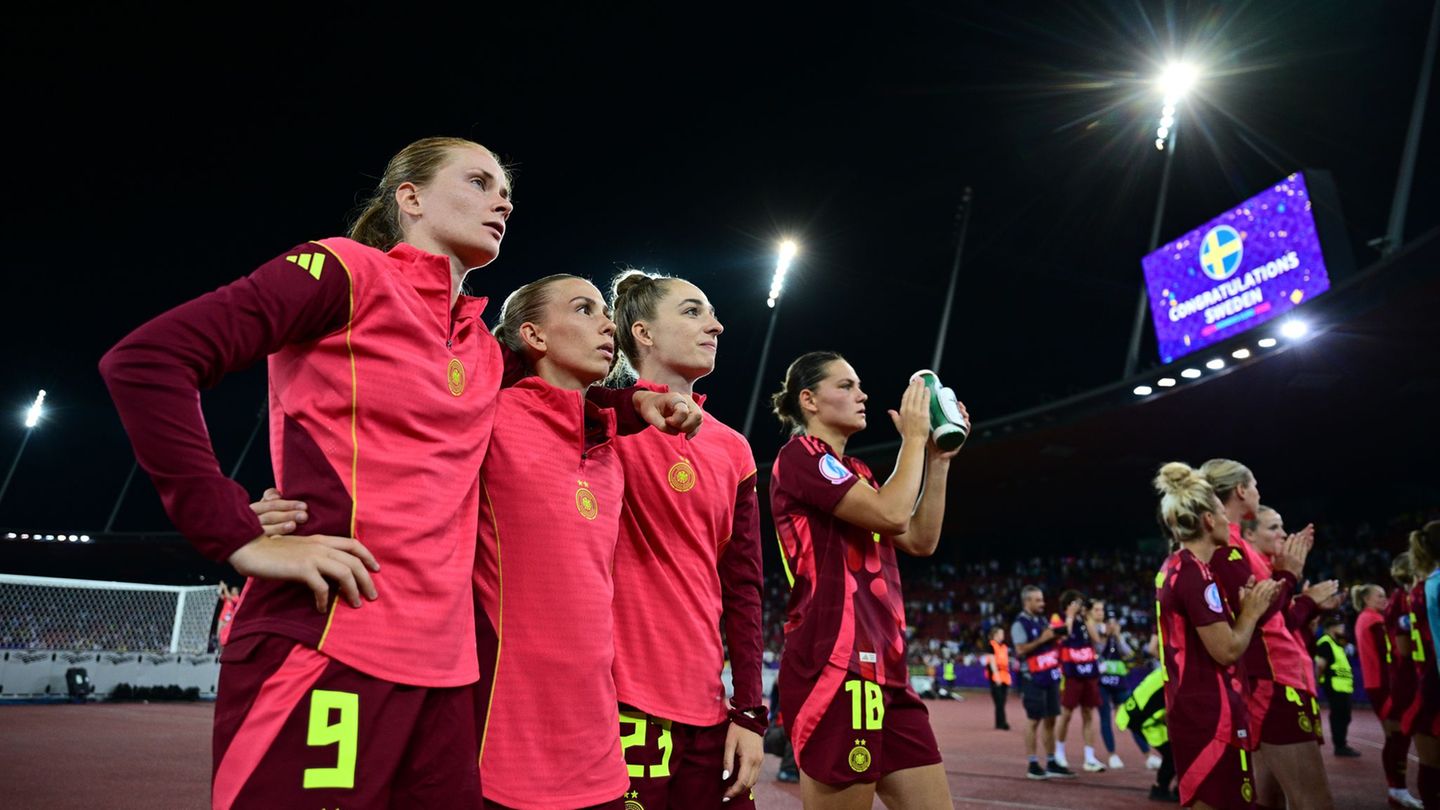School beginners in particular must be able to see the blackboard clearly. Accordingly, the first glasses should be prescribed by an ophthalmologist and not just after a quick test at the optician, says Sarah Moussa, an ophthalmologist from Salzburg and a public relations officer for the Scientific Society of Austrian Ophthalmologists.
“Only in the ophthalmologist’s office can the correct dioptres be determined, especially in children, or other diseases of the eye be ruled out,” she says. In most cases, the correct diopter value can only be determined by “widening the pupils”, i.e. by instilling the drops in the eyes. In addition, the fundus of the eye can be examined more closely in order to identify possible other diseases. In examinations without eye drops, children in particular can compensate for ametropia very well. Long-sightedness is compensated for by straining the eye muscles, so that the ametropia may be misjudged or not recognized at all. Difficulty concentrating or headaches could be the result.
Glasses as therapy
The most common ametropia are nearsightedness (myopia), farsightedness (hyperopia) and astigmatism (astigmatism or astigmatism). If both parents are nearsighted, the risk for a child to become nearsighted itself is significantly increased. In addition, there is more and more close work with mobile phones, tablets and laptops, which can further increase myopia. “Children’s glasses are not only a visual aid, but also therapy. That’s why the ophthalmologist has to check their effectiveness regularly,” says Moussa.
Source: Nachrichten




